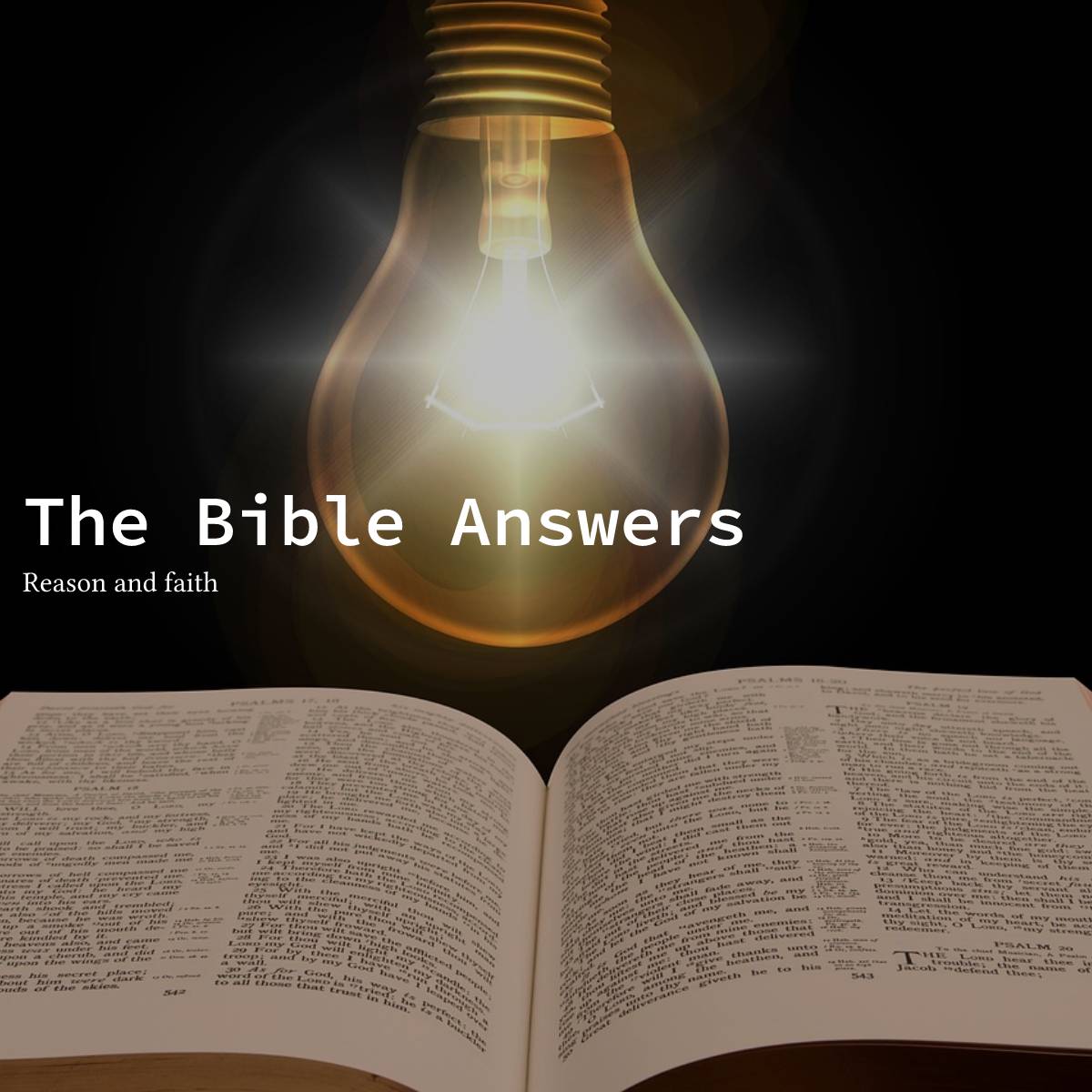What is Eisegesis?
When it comes to interpreting texts, whether they are religious, literary, or historical, it is important to approach them with objectivity and an open mind. However, there are common errors of interpretation that often occur due to a biased approach known as eisegesis. Eisegesis refers to the act of reading one’s own beliefs or ideas into a text, rather than extracting meaning from the text itself. This faulty method can lead to misinterpretations and misunderstandings.
Eisegesis is considered “poor exegesis” in Biblical study. It can happen accidentally, or it can occur because of a preoccupation to prove a specific case. The danger of eisegesis is that one will force upon the text a meaning that is not there.
Does the Bible warn against the use of eisegesis?
Yes, the Bible warns against eisegesis, or “reading in”. In the New Testament, Revelation 22:18-19, God warns people not to add or subtract from what He says. In 2 Peter 1:20, it says that no prophecy of Scripture is a matter of one’s own interpretation. 2 Peter 2:1-2 goes on to explain the outcome of people who use eisegesis.
An illustration as an example
The featured image above has often been used to give credence to the ancient alien assumption. In reality, according to historians, it depicts the sun and moon. This personification of the sun and moon was common in the 1300s. This image is from a monastery built in the 1300s when this art form was common. While this fact does not mean there aren’t UFOs it means this image and others like it does not substantiate the theory. People have a tendency to make the same logical fallacy when it comes to ancient writings. They superimpose their modern ideas onto an age where there is no frame of reference.
Who needs faith and spirituality when you can just attribute miraculous events and divine teachings to life forms from outer space? Forget about centuries of theological study and interpretation, let’s transform the Son of God into some intergalactic being who came down to Earth to spread his profound knowledge about love and compassion. This is just one of many examples of the outcomes of using eisegesis.
Five common errors of interpretation by eisegesis
Interpreting texts requires a careful and objective approach, free from the common errors of interpretation caused by eisegesis. Avoiding proof-texting, allegorizing, circular reasoning, cherry-picking, and anachronism, allows us to fully comprehend the author’s intended message. By striving for an unbiased understanding, we can extract the true meaning of a text, appreciate its historical and cultural context, and engage in thoughtful and accurate interpretations.
The first error of interpretation by eisegesis is known as proof-texting. This occurs when someone selectively chooses specific verses or passages from a text to support their preconceived ideas. Instead of studying the text as a whole and understanding the author’s intended meaning, the individual handpicks isolated verses that seem to align with their beliefs. This can distort the true message of the text and lead to a misrepresentation of the author’s intent.
Another common error of interpretation by eisegesis is known as allegorizing. This occurs when someone interprets a text as an allegory, assigning symbolic meanings to characters, events, or objects. While allegories can be powerful tools for conveying messages, assuming that everything in a text must be understood symbolically can lead to a loss of the text’s literal meaning. It is essential to differentiate between allegory and literal language in order to grasp the intended message accurately.
Circular reasoning is another error often committed through eisegesis. This occurs when someone uses arguments that keep returning to the same belief or assumption as their foundation. Instead of examining the text objectively and looking for evidence to support their interpretation, these individuals use their interpretation to validate their initial beliefs. This circular reasoning can prevent a genuine understanding of the text and create a self-fulfilling prophecy of sorts.
The fourth error of interpretation, related to eisegesis, is known as cherry-picking. This happens when individuals only focus on parts of a text that support their existing beliefs while ignoring or dismissing contradictory evidence within the same text. By selectively picking and choosing what they want to accept, these interpreters create a skewed understanding that is far from comprehensive. A fair interpretation requires considering the entirety of the text, including conflicting ideas and viewpoints.
Lastly, an error of interpretation by eisegesis that we should be aware of is anachronism. This occurs when someone imposes present-day beliefs, values, or cultural norms onto a text from a different time period or cultural context. Such a misstep fails to account for the historical and cultural background in which the text was written, leading to a distorted interpretation. It is crucial to understand the context in which a text was produced in order to properly interpret its intended meaning.
See also the Book of Enoch & Extraterrestrials

